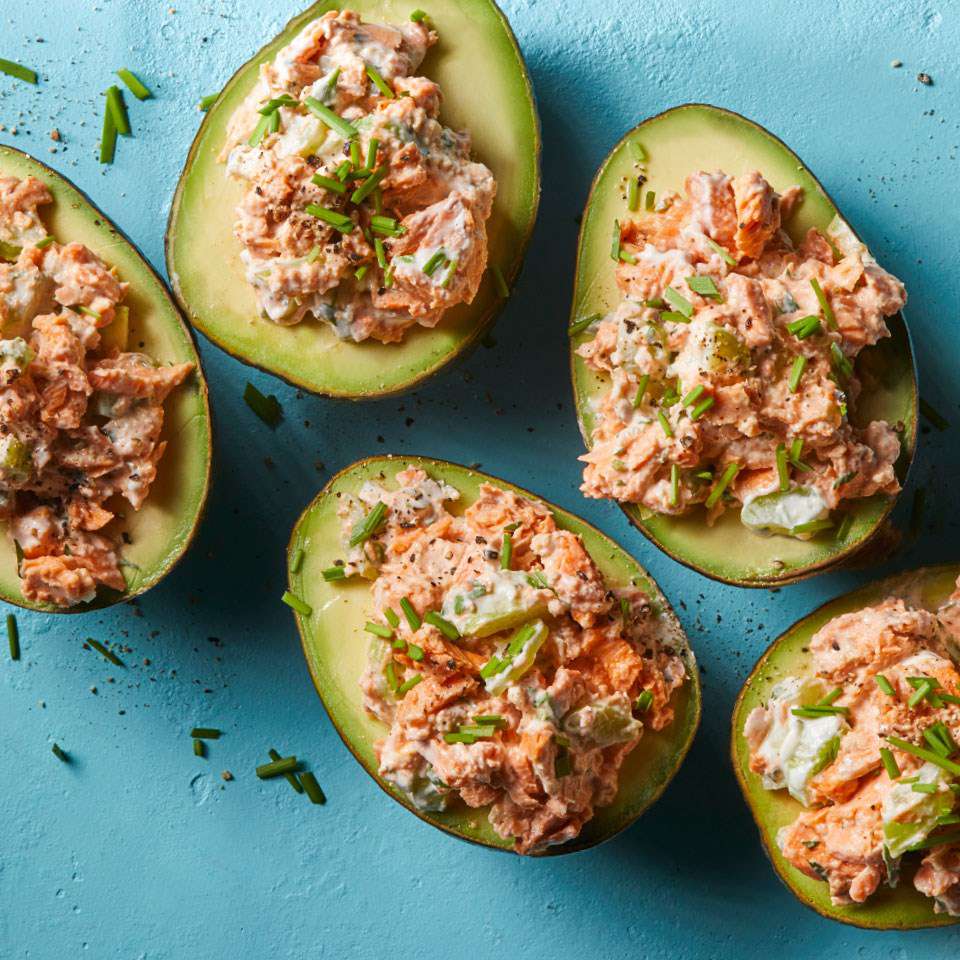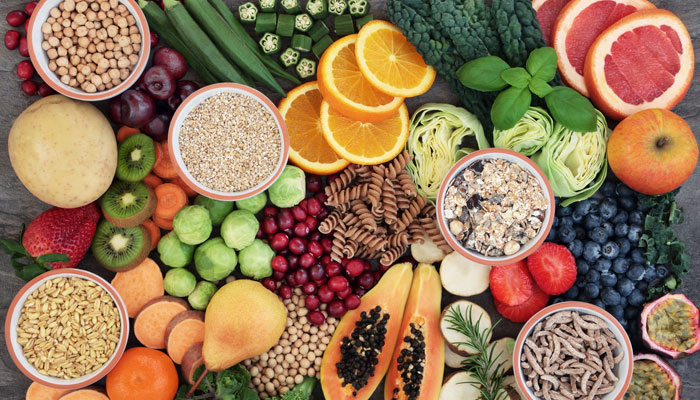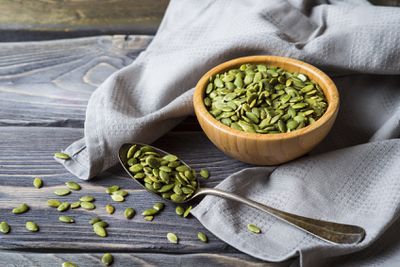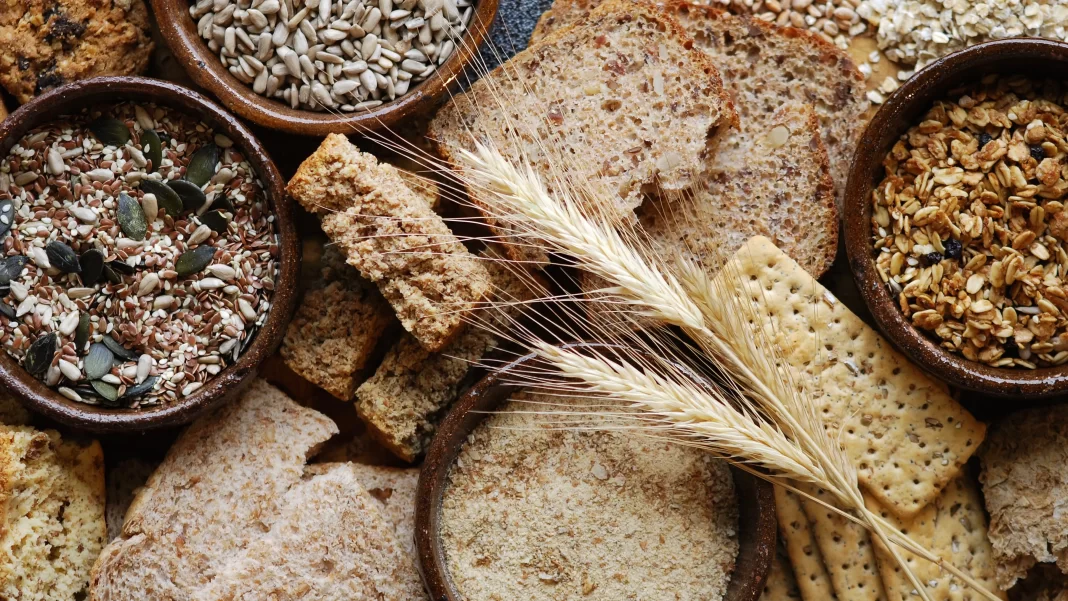A low-carb diet can aid in weight loss, diabetes management, and heart disease risk reduction, but it must be balanced with appropriate fibre to promote digestive health and prevent constipation. Foods high in fibre are good for your general health since they have been shown to decrease cholesterol, control blood sugar, and aid digestion. The finest high-fiber, low-carb foods that you can eat will be discussed in this post.
What Are Foods Rich In Fiber And Low In Carbs?
Foods high in fibre have a significant amount of indigestible carbs. These carbs offer few to no calories since the body cannot break them down or absorb them. Instead, they typically remain intact as they transit through the digestive system, encouraging regular bowel movements and maintaining digestive health.
Read More: What are the advantages of Keto Diet, Does Keto Diet cause Diarrhea.
Foods for low-carb diets are those with a little amount of carbs. They are therefore low in starches and sugars. Since they help control blood sugar levels and lower insulin resistance, low-carb diets are popular for shedding pounds and controlling diabetes.
Best Low-Carb, High-Fiber Foods

Foods that are high in fibre and low in carbohydrates provide a number of health advantages, such as better blood sugar management, lower chance of developing chronic illnesses, weight loss, better mental and physical health, and increased energy.
The alternatives you have if you want to adopt a high-fiber, low-carb diet into your everyday life are described below.
1. Fruits.
Berries are a tasty, high-fiber, low-carb, and antioxidant-rich snack. They are also rich in vitamin C, which helps to maintain a robust immune system. The finest berries for a low-carb, high-fiber diet include strawberries, raspberries, and blackberries. They may be baked into sweets, consumed raw as a snack, or added to smoothies.
2. Avocado.
One of the finest low-carb fruits that is rich in beneficial monounsaturated fats is the avocado. It may be combined into guacamole or sliced and used to salads, sandwiches, or toast. A lot of individuals use this as a low-carb breakfast.
3. Fruits and Vegetables.
Cruciferous veggies are low in carbs and high in fibre. They have been demonstrated to have cancer-fighting qualities and are also rich in antioxidants. The following are some of the top cruciferous vegetables for a low-carb, high-fiber diet:

Brussels sprouts, cauliflower, and broccoli
They may be used to soups and stews or roasted or steamed as a side dish. These are also referred to as “no carb” foods.
4. Leafy Greens.
Leafy greens are low in carbs and a great source of fibre. They are rich in antioxidants, as well as vitamins and minerals. The greatest low-carb veggies are lettuce, collard greens, spinach, and kale. They may be included into smoothies, sautéed as a side dish, or eaten raw in salads.
5. Cocoa Powder.
Coconut flour is a high-fiber, low-carb substitute for regular flour. It has a lot of fibre, protein, and healthy fats and is produced from pulverised coconut flesh. Coconut flour may be used as a wheat flour alternative in baking recipes, but it’s crucial to remember that it absorbs a lot of liquid and may need more eggs or liquid to function. Many people choose to consume all of the things on this list as part of their low-carb diet.
6. Seeds and nuts.
They are a great source of fibre and good fats. They may be used as a snack or as an addition to meals for more crunch because they are low in carbs. Almonds, walnuts, chia seeds, and flaxseeds are a few of the best nuts and seeds for a diet high in fibre and low in carbohydrates.
Advantages of a low-carb, high-fiber diet.
In recent years, eating foods high in fibre and low in carbohydrates has gained popularity as a way to enhance health and encourage weight reduction. Many advantages of this kind of diet include better digestion, better blood sugar regulation, and a lower chance of chronic illnesses.

1. Improved Digestion.
Improved digestion is one of the main advantages of a diet free of carbohydrates. While it keeps the digestive system working and helps to avoid constipation, fibre is crucial for digestive health. Also, it can help lower the risk of digestive illnesses including colon cancer. Moreover, fibre aids in slowing the rate at which food passes through the stomach, improving nutritional absorption.
2. Lower Risk of Chronic Illness.
A high-fiber, low-carb diet can help lower the risk of chronic illnesses in addition to enhancing digestion and blood sugar management. Fiber assists in reducing inflammation and cholesterol levels, both of which are risk factors for heart disease. Also, it has been demonstrated that a low-carb diet enhances insulin sensitivity, which is a crucial element in lowering the risk of heart disease.
3. Exuberant.
Foods low in carbohydrates and high in fibre can also boost energy and mental clarity. High-fiber diets can aid to offer continuous energy throughout the day, while low-carb diets have been demonstrated to boost brain function and cognitive performance.
4. Blood Sugar Management.
Better blood sugar management is a significant advantage of a high-fibre, low-carb diet. Foods high in fibre assist to reduce the rate of blood sugar increases by slowing the absorption of sugar into the body. For those who have type 2 diabetes, this is very crucial. Also, it may aid in preventing the emergence of issues linked to high blood sugar levels.
5. Losing Weight.
A low-carb, high-fibre diet can also help you lose weight. While low-carb diets have been demonstrated to improve weight reduction by lowering the levels of insulin in the circulation, fibre is full and aids in reducing overall calorie consumption. This may facilitate weight reduction by lowering the buildup of body fat.
Read More: Increase Your Brain Performance: Start Consuming Magnesium With Natural Ingredients.






